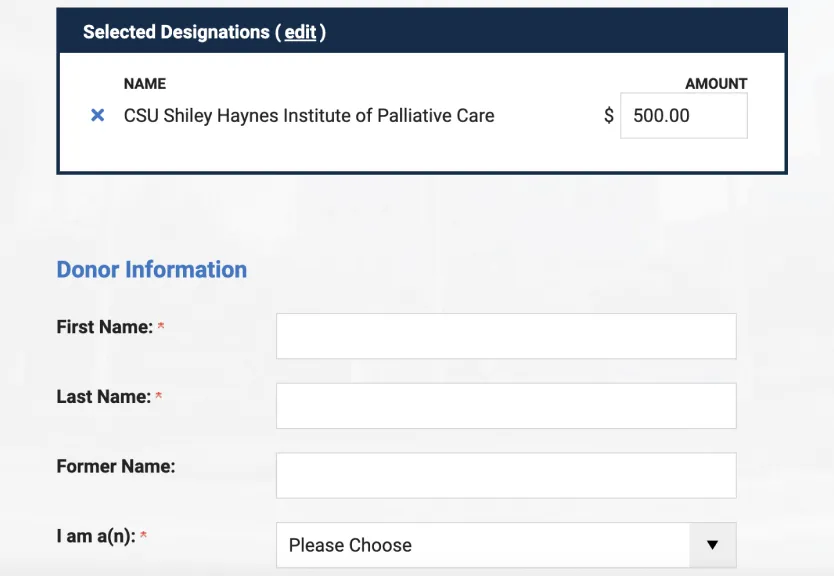In our last newsletter, we began a discussion about implementing community based palliative care. This month, we’ll look at community partnerships and doing a formal needs assessment. Before you skip this important groundwork saying “Well, I know about that!” stick with me a moment. I was part of our Leading the Way to Community-Based Palliative Care Success course at the NHPCO’s Management and Leadership Conference, it was exciting to feel the rising interest participants had in building their own community-based palliative care program. With 100+ new friends and colleagues in the room, the energy was palpable for topics like billing and metrics. But what was even more encouraging to see was the dawning excitement for the topics that lay the foundation for success. At the end of the course participants told us of their newfound appreciation for the importance of building successful community and organizational partnerships as well as for doing a needs assessment that reflects the reality of their specific community. With these building blocks in place, participants found they had the foundation to build on. It is tempting to “go it on your own” and not engage other community organizations as potential partners or as part of your needs assessment process. This can be a damaging, if not fatal, mistake. Instead, decide where your organization is strong and where you are not. Then, identify who the strong partners are in your community and engage them with your planning, communicating the benefits to them of joining you. The benefits to you are myriad. They can help provide data for your needs assessment. They can be extra hands that lend important perspectives to your planning. And, best of all, when you are done, they are most likely going to be champions for the final result. Once you have involved the right partners, you are ready to do the detailed, and important work of a comprehensive needs assessment. A good needs assessment is an unbiased, fact-based look at the palliative care needs of your specific community. That community may be a small geographic area, the residents of a particular facility, a group with a particular disease such as cancer or COPD, or a multi-state area. The key is that this is the group or area you are wanting to serve. The needs assessment should incorporate not only your data but also data from credible, outside sources relevant to the community you want to serve.
Through all of this, it goes without saying that we are here to help. The Business Case for Palliative Care course will be helping companions as you journey towards implementing palliative care in your community.




